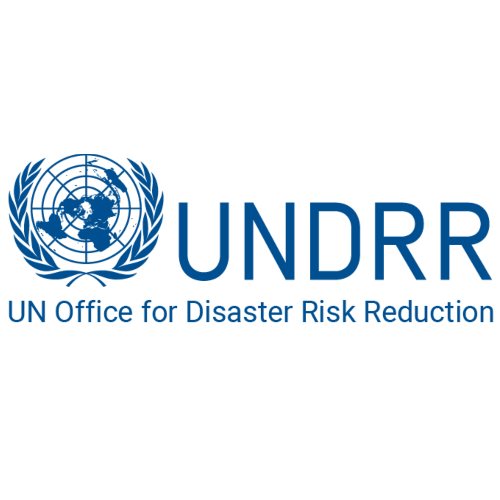Risk Assessments and Resilience Metrics: Making Long-term Investments Amidst Deep Uncertainty
Day 1, 4 May 2022, 1700 - 1830 IST
Session Annotation
The session will discuss how infrastructure transitions will affect the current disaster and climate risk assessment approach at the global and national level. It will take stock of the current state of global practice, identify gaps and chart directions for future work in this area.
Session Overview
It is estimated that, over the next 15 years, investments to the tune of around USD 90 trillion will be required to close the global infrastructure gap. This necessitates risk informed investments and policies for regulation of infrastructure gap closure, that are derived from a set of comprehensive and sound disaster and climate risk models and metrics. In this context, CDRI plans to release the Flagship Report on Disaster and Climate Resilient Infrastructure and its allied data platform in 2023 to address the critical data gap in the understanding of risk globally. Further, building upon the Global Risk Model (GRM) developed by the United Nations (UN) in 2017, CDRI will launch the first Global Infrastructure Risk Model (GIRM) that will contemplate risk to infrastructure from principal hazards such as floods, droughts and cyclones, in core sectors namely power, energy, transport, telecommunications, as well as local and social infrastructure. The Global Infrastructure Resilience Index (GIRI) will also be launched along with the Flagship Report.
Furthermore, the CDRI - University of Oxford led Global Infrastructure Resilience Survey (GIRS) will complement the physical analysis of risk to infrastructure by probing into the enabling environment that influences the ability to resist, respond and recover from the impacts of hazards. The survey aims to capture the perspectives of infrastructure sector experts and users, who are at the core of the infrastructure transitions vortex. Such an extensive understanding of risk will help align financial flows with resilient infrastructure development, providing a fillip to ongoing efforts towards resilience.
The Session will hold discussions on the methodological aspects of infrastructure resilience that will be complemented by a case study, and a presentation on the CDRI-University of Oxford Global Infrastructure Resilience Survey (GIRS).
The panellists will deliberate on the following questions:
- How does hazard risk modelling account for infrastructure transitions?
- How will the GIRS capture the perspective of the average infrastructure user?
- How will the GIRM developed by CDRI contribute to existing models and approaches?
- How will the GIRI developed by CDRI help in increasing the resilience of systems globally?
- What are the gaps that will be addressed by the data platform of the CDRI Flagship Report on Disaster and Climate Resilient Infrastructure?
- What is the need for a report on Disaster and Climate Resilient Infrastructure?
The outcomes of the session will inform CDRI’s work on Global Infrastructure Risk Assessments going forward.
Speakers
Partner Organizations








